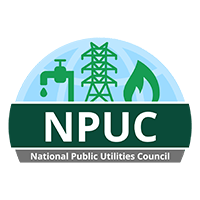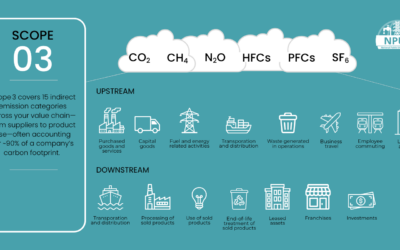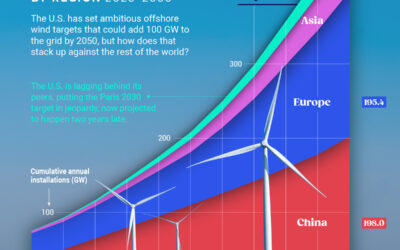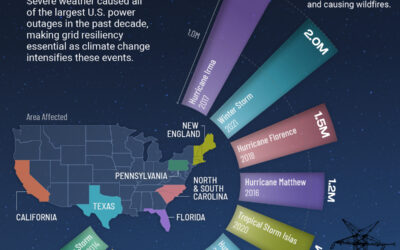The 2022 Energy Crisis: A Tipping Point for Clean Energy
The global energy crisis of 2022 sent shockwaves in the energy markets.
The crisis acted as a double-edged sword—on one hand, consumers felt the pinch of rising energy prices, but on the other hand, it became a turning point for clean energy, spurring action from governments to cut dependence on fossil fuels.
This infographic from the National Public Utilities Council explores how the energy crisis accelerated the growth of clean energy and nuclear power.
Shockwaves From the Energy Crisis
Although the consequences of the crisis were felt in 2022, its roots go back to 2020 when energy demand dipped during the pandemic.
Following the unprecedented fall in demand, energy markets tightened in 2021 as the global economy rebounded to grow at the fastest pace since 1973. Russia’s invasion of Ukraine escalated the situation, creating a full-scale energy crisis.
As a result, energy prices soared to their highest levels in decades, resulting in rampant inflationworldwide. This highlighted how many nations remained dependent on fossil fuels for energy, in turn creating a tipping point for clean energy.
Clean Energy Turns the Corner
Countries including the United States, the UK, and many EU member states have supercharged clean energy investment over the last two years, partly in response to the energy crisis.
Here’s how global government spending for clean energy has grown since July 2021, as tracked by the IEA:
- $380 billion as of July 2021
- $470 billion as of October 2021
- $714 billion as of March 2022
- $1,215 billion as of November 2022
European countries deployed funding for energy efficiency and low-carbon power generation (through REPowerEU) in response to natural gas supply disruptions from Russia. In August of 2022, the U.S. signed the Inflation Reduction Act into law, providing over $390 billion in clean energy and climate funding.
Consequently, clean energy technologies are growing at an unprecedented rate. The IEA forecasts that global renewable electricity capacity additions from 2022 to 2027 (2,383 GW) will nearly equal all the renewable capacity added between 2001 and 2021 (2,409 GW).
Nuclear Turnaround
Besides renewables, nuclear power has seen a resurgence as governments look for a reliable energy source to replace fossil generation.
Here’s a look at the top 10 countries by the number of prospective nuclear reactors based on the Global Nuclear Power Tracker. This includes announced, pre-construction, and under-construction reactors.
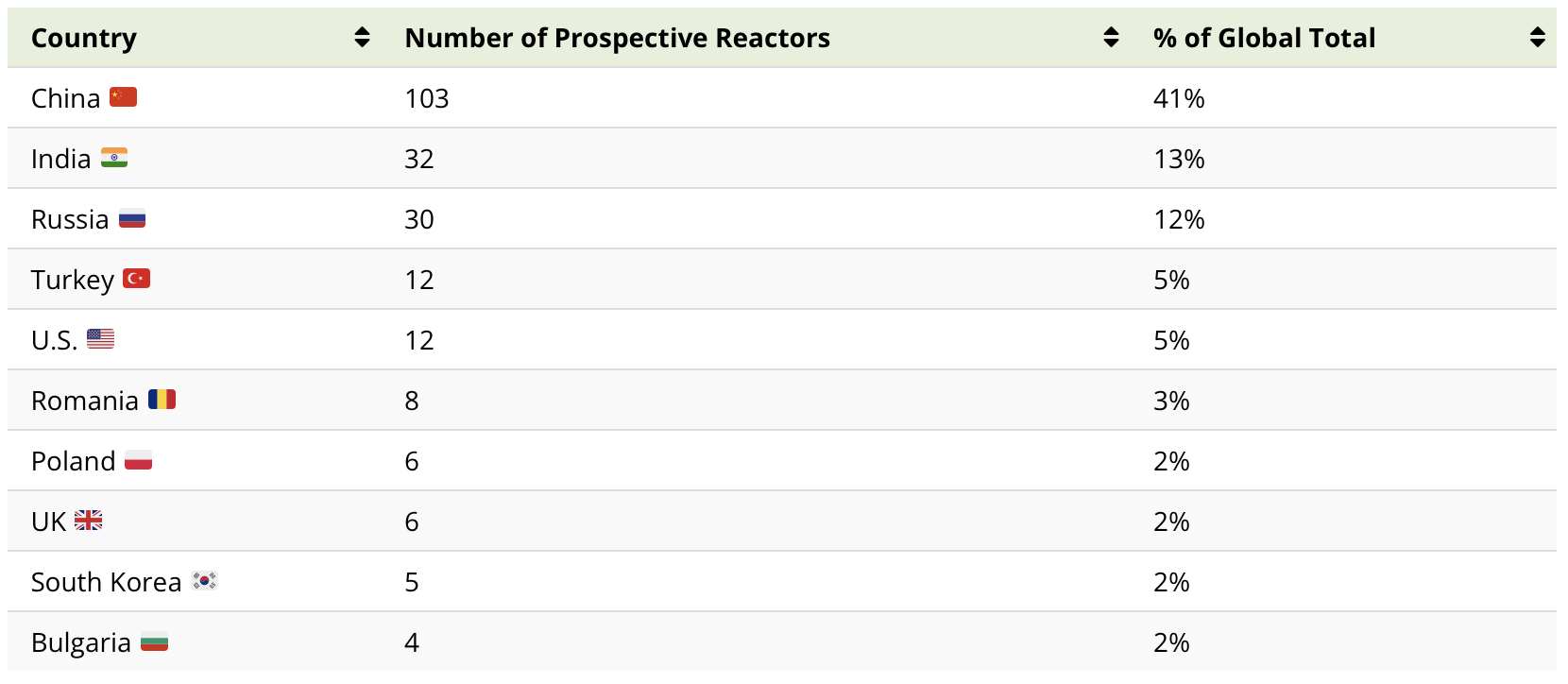
Besides the countries building and planning reactors, others have reversed their plans to phase out nuclear power:
- Germany extended the lifetime of three plants that were set to shut down in 2022.
- France reversed course to reduce reliance on nuclear, with a plan to build six new reactors.
- Japan accelerated the restarts of nine reactors by winter 2022 and a further seven by summer 2023.
The impact of this accelerated clean energy deployment is already evident.
In 2022, the growth of clean energy technologies helped avoid 550 million tonnes of CO2emissions, according to the IEA. On the other hand, a decline in nuclear power generation led to an additional 55 million tonnes in CO2 emissions, highlighting the importance of nuclear in reducing emissions.
